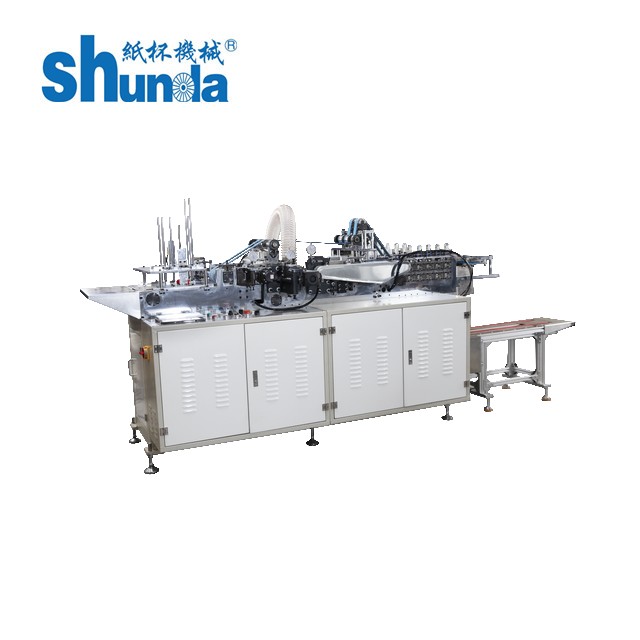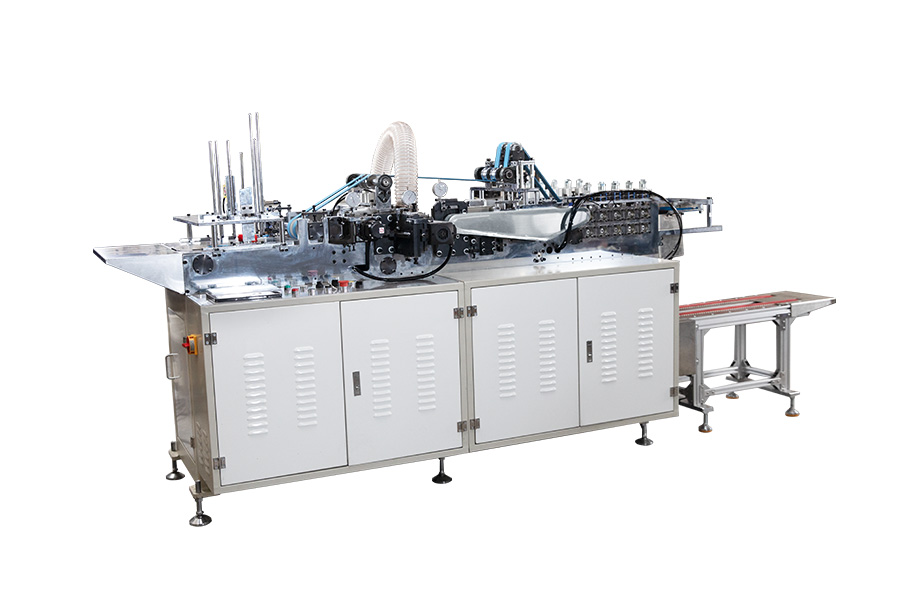Height adjustment mechanism: flexible response to diverse needs
The core of the stackable paper lid machine lies in its height adjustment mechanism. This design allows the operator to flexibly adjust the height of the paper cover stack according to the size of the paper cover, the requirements for stacking stability, and the specific needs of the subsequent packaging process. The height adjustment mechanism may be implemented using a variety of technologies:
Mechanical adjustment: By manually rotating the screw or pulling the lever, the relative position of the stacking platform is directly changed to achieve height adjustment. This method is simple and intuitive, suitable for small-scale production or occasions where the adjustment accuracy is not high.
Pneumatic adjustment: The height of the stacking platform is controlled by the extension and contraction of the pneumatic cylinder. The pneumatic system has a fast response speed and can provide stable support force, which is suitable for medium and high-speed production lines, but it depends on a stable air supply.
Electric adjustment: The transmission mechanism such as the lead screw and gear is driven by a servo motor or a stepper motor to achieve precise height control. Electric adjustment is not only highly accurate, but also easy to integrate into the automation control system, which is convenient for remote monitoring and programmed operation.
Regardless of the method used, the goal of the height adjustment mechanism is to ensure the consistency and accuracy of the paper cover stacking, avoid wasting space, ensure the stability of the stacking structure, and reduce the risk of damage during transportation and storage.
Intelligent sensor feedback: real-time monitoring to prevent collapse
In order to further improve the safety and efficiency of stacking, modern stackable paper lid machines are often equipped with height sensors. These sensors are usually installed above or on the side of the stacking platform, and monitor the height of the paper cover stacking in real time through non-contact measurement (such as laser ranging, ultrasonic ranging) or direct contact measurement (such as displacement sensor).
When the stacking height approaches or reaches the preset safety threshold, the sensor will immediately send a signal to the control system. After receiving the signal, the control system will respond quickly and instruct the machine to stop stacking, thereby effectively preventing the risk of collapse caused by excessive stacking. This mechanism not only protects the safety of the production site, but also avoids the additional costs caused by damage to the paper cover.
In addition, smart sensors can also be integrated with the factory's MES (manufacturing execution system) or ERP (enterprise resource planning) system to realize real-time collection and analysis of production data. Through big data analysis, companies can optimize production processes, predict and adjust stacking heights, and further improve production efficiency and product quality.






 English
English عربى
عربى 中文简体
中文简体

















